
Staying fit is important and getting in enough exercise is a great way to burn calories, build muscles, and help you live your best life. Some days you’ll hit the gym, and work out more intensely than usual. For those times, it’s especially important to care for your body and follow post-workout recovery methods. With the proper care, you can cut down pain, recovery times, and encourage healthy muscle growth. Follow these tips to help your body heal and get the most from your workout.
1. Stay Hydrated
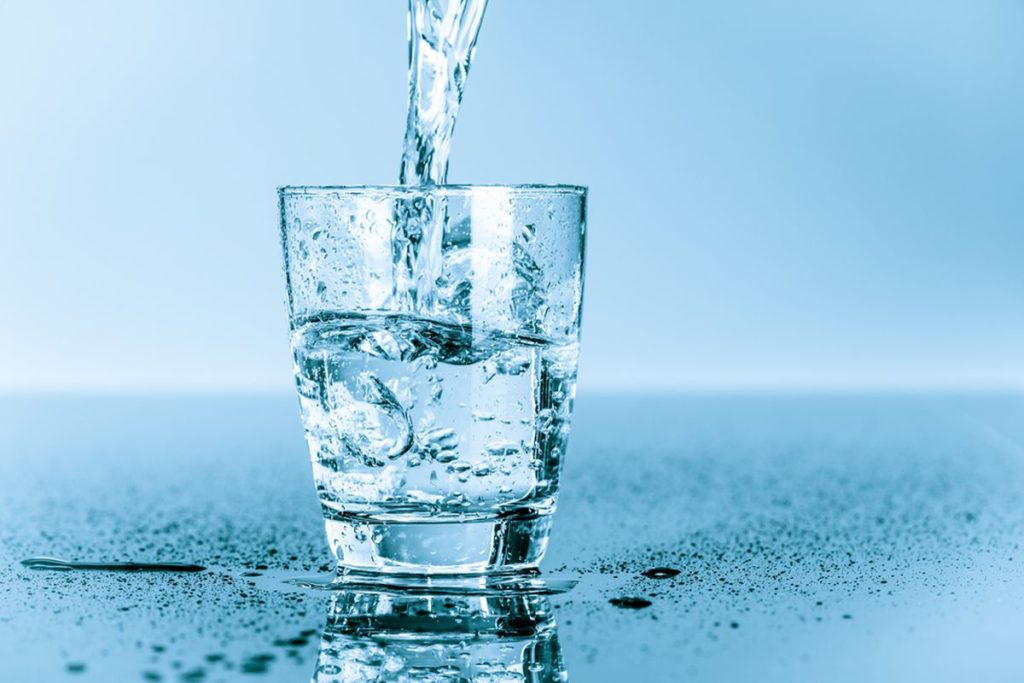
Exercising causes the body to heat up, and sweat is its natural way of cooling down. Sweat loss during exercise is great for helping get rid of toxins but will leave you feeling dehydrated if you’re not taking in enough liquids. Did you know that when muscles become dehydrated, it’s easier to get injured? That’s why drinking enough water after a demanding workout is so crucial. Another benefit of drinking enough water post-workout is that it combat muscle soreness. Muscle soreness occurs when lactic acid builds up in the muscle, and drinking enough water helps flush these toxins out form the muscle and keeps joints lubricated.
2. Take in Protein
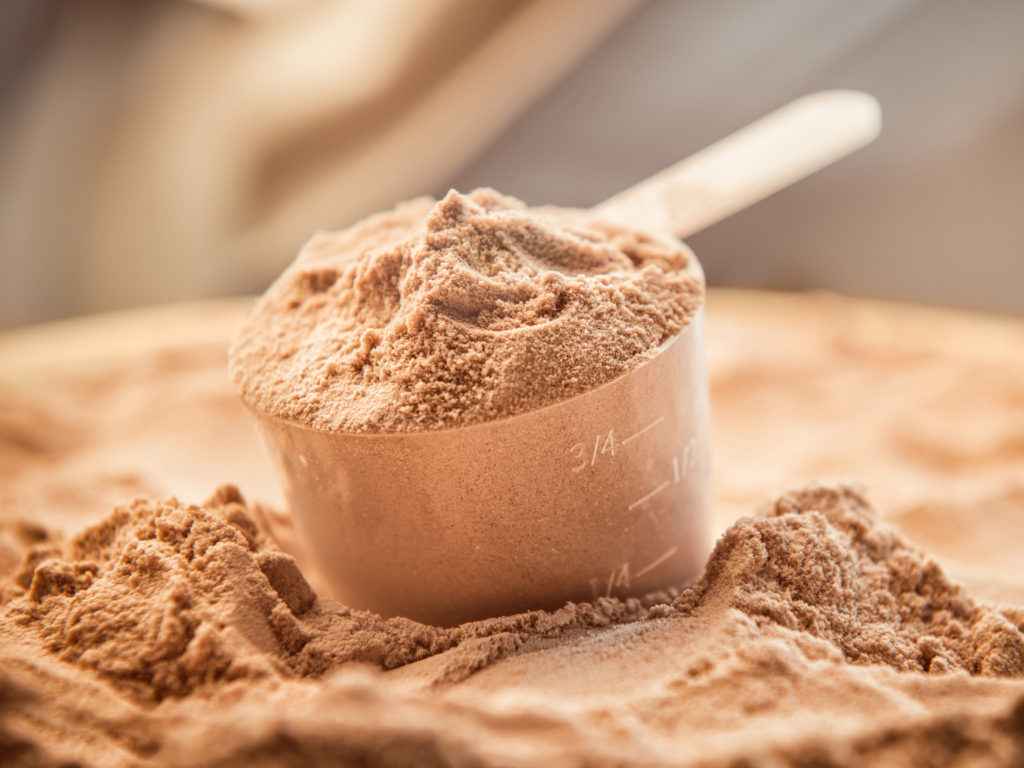
For the body to rebuild muscles after exercise, it needs to have enough protein. Protein-rich foods should be eaten with healthy carbohydrates to help the body better absorb the nutrients after your workout, reach for a protein-rich meal like avocado toast, scrambled eggs, or a healthy protein shake. Doing so will help your muscles heal after an intense workout, and give your body the tools it needs to heal and help you build muscle mass. Try to take in your protein 30-60 minutes after your workout for the best results.
3. Take Time Off
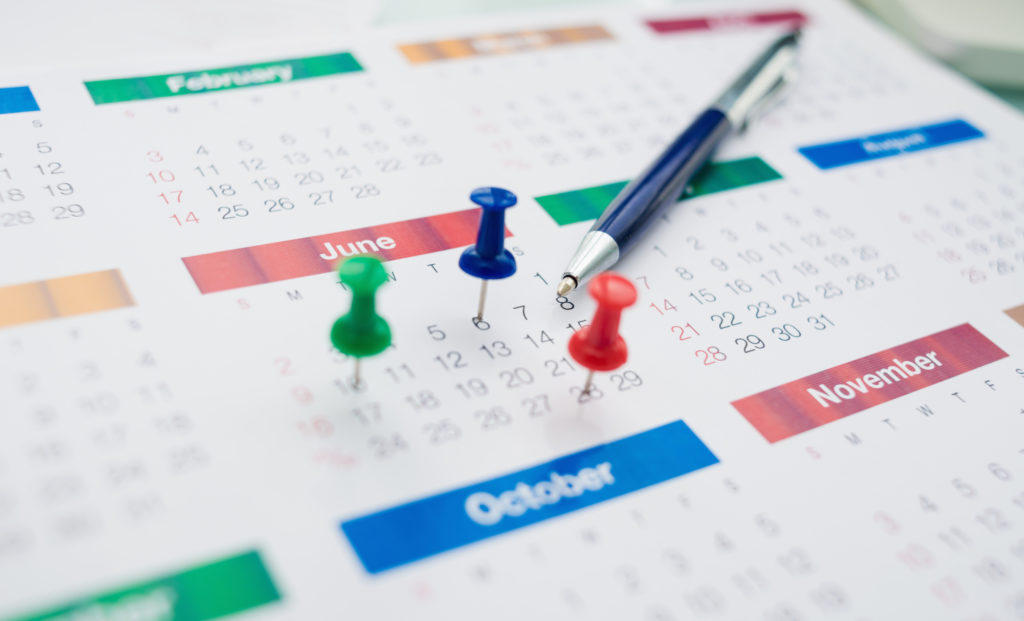
One of the best things you can do for your body is to let it rest in-between demanding workouts. As a rule of thumb, it’s best to wait 48 hours between workouts of each particular muscle set to avoid overuse. This gives your muscles a chance to repair themselves, as working out essentially creates micro-tears in the tissue that take time to repair and build back up for you to see results. Rest days give the tissue a chance to rebuild stronger than before. In addition to this, taking time off is important, as overuse can lead to ankle sprains, bone spurs, and pulled muscles (which will keep you from the gym far longer than a couple of rest days).
4. Get Some Extra Rest

We mentioned taking time off previously, but sometimes you need to take it a step further. In addition to making sure you get a solid night’s rest, taking mini naps after a workout can be incredibly beneficial. Aim to give yourself 15-20 minutes post-workout to get some shut eye, and your body will thank you. These small naps are great for your heart, lowering blood pressure, and managing stress. Additionally, when you sleep your body goes into repair mode, helping you get back on your feet faster.
5. Wear Compression Socks

When it comes to helping the muscles in your legs recover, wearing compression socks is an easy way to do that. Athletic compression socks from Lasso help encourage healthy blood circulation, which makes it easier for the body to deliver oxygen and necessary nutrients to the muscles. Increased circulation also reduces swelling and helps with muscle soreness even after the most demanding workout.
6. Enjoy a Nice Stretch
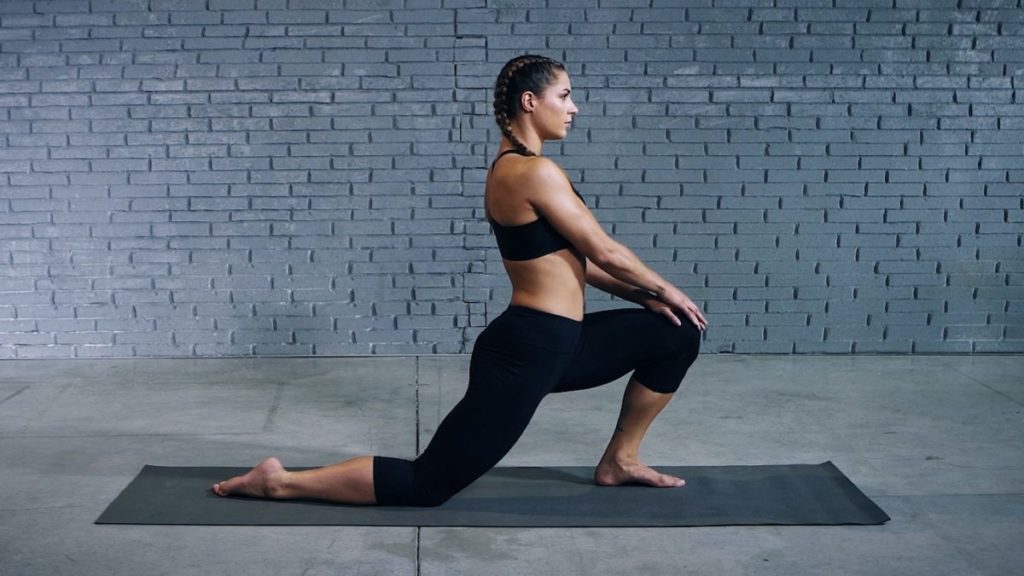
Stretching isn’t just for before your workout, it can be a great for post-workout recoveries as well. Stretching while your muscles are warm from a workout helps to improve posture and relieve back pain that is common after an intense workout. Additionally, it helps increase blood flow throughout your body, relieves muscle tension, eliminates lactic acid build-up, and helps you gain flexibility. Best of all, it lowers your risk of injury and improves your range of movement for your next workout.
7. Perform Active Recovery
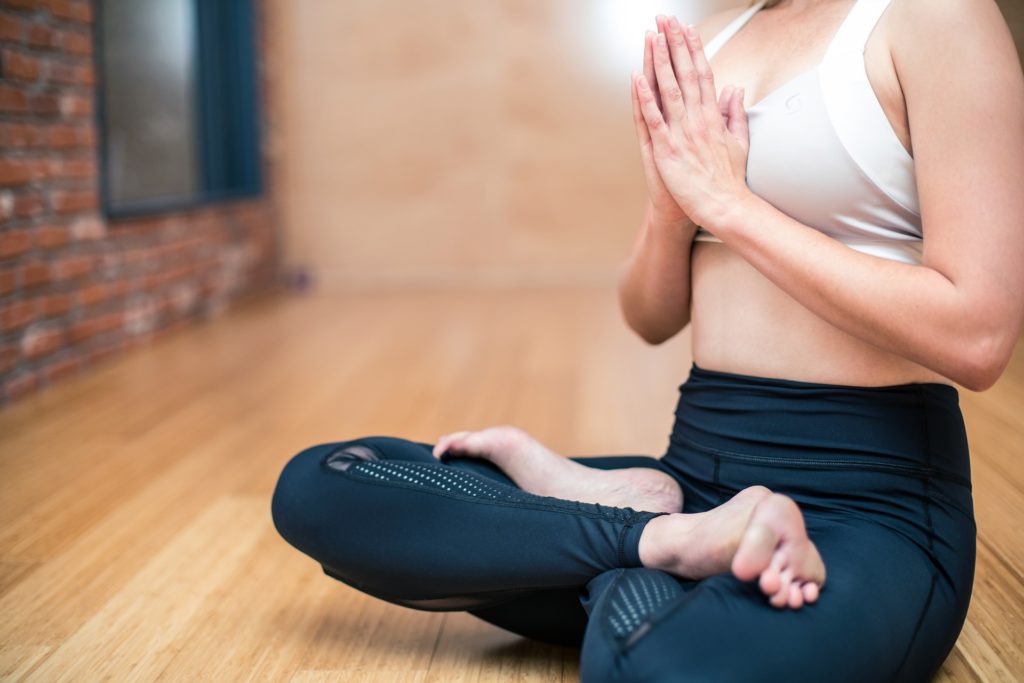
Stretching after a strenuous workout is great for increasing flexibility and reducing muscle tension, but don’t overlook the importance of practicing active recovery too. Active recovery refers to low-intensity exercise after a heavy workout and comes with some great benefits. Doing this helps fight lactic acid build-up (the main cause for swelling), helps alleviate fatigue, helps to improve endurance, and minimizes post-workout muscle stiffness.
8. Get a Sports Massage
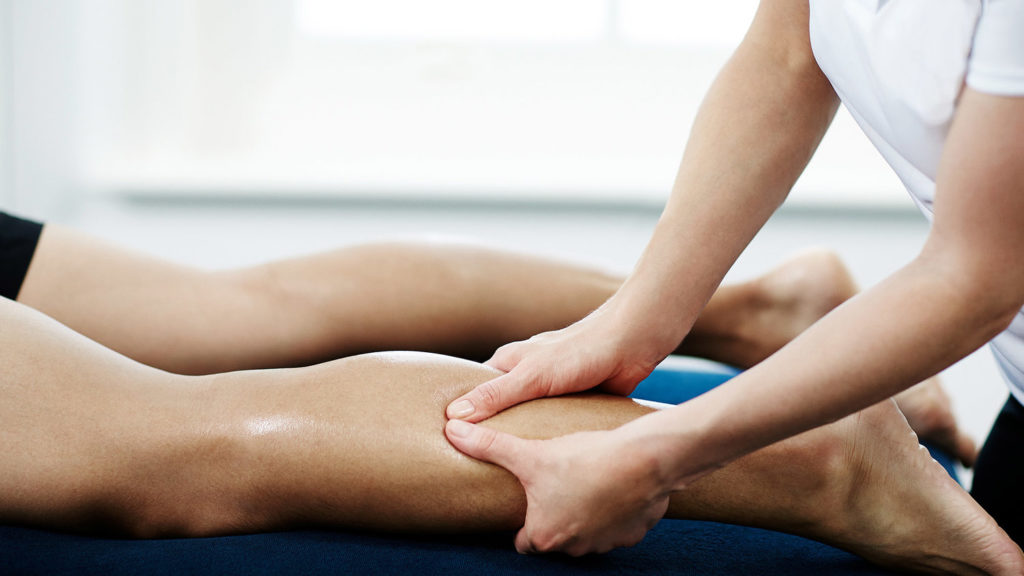
One thing that athletes and avid gym-goers alike swear by is getting a nice sports massage after a particularly intense day training. As most of us know, massages are a great way to relieve tension in the muscles. However, they are also beneficial in helping the body flush out toxins. Not to mention, they’ll leave you feeling nice and relaxed so that you can decompress mentally too.
9. Use a Foam Roller
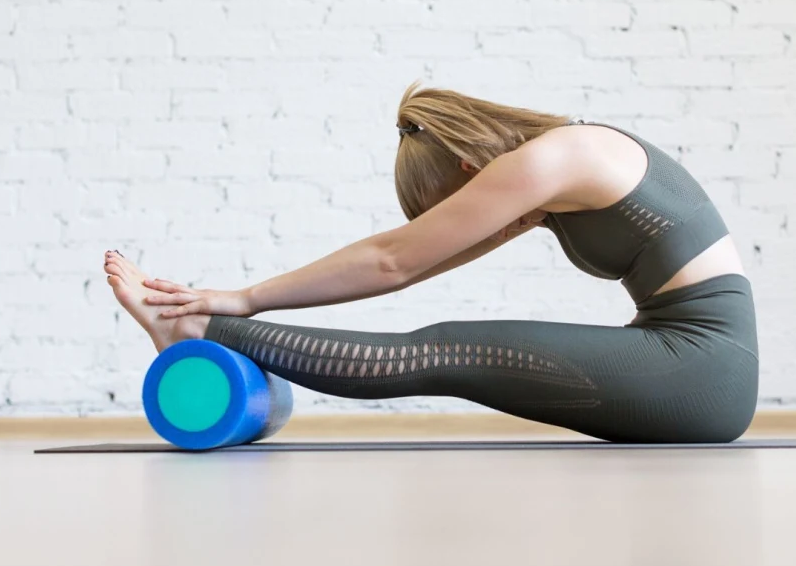
After an intense workout, roll it out! Post-workout foam rolling has been found to enhance recovery because it increases blood flow throughout the body. If you have problem areas or sore spots, focus your attention on these areas. While nothing can replace a good sports massage, this is a great way to get some of the benefits at home.
10. Ice it Out
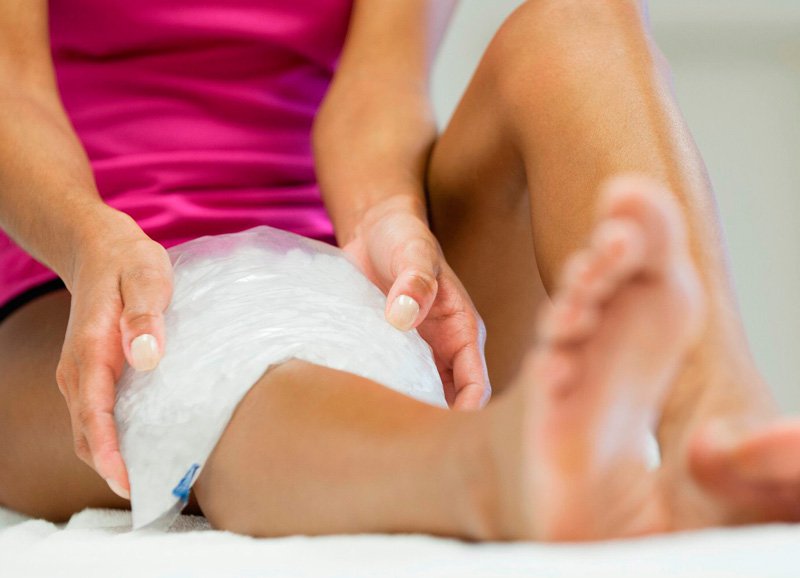
One of the most widely known recovery methods is to apply ice. Icing after a workout helps reduce inflammation, allowing the muscles to heal quicker. Be sure to pay special attention to any areas that were worked out particularly hard during your workout to prevent unnecessary tissue loss. Icing will also help increase blood flow and help flush out lactic acid build-up. For those times where your entire body is sore, try taking an ice bath.
Taking proper care of your body after an intense workout is just as important as that actual workout itself. Don’t shy away from throwing an intense workout into your routine here and there, because it can help you smash goals and improve your overall well being. By following the tips above, you can help reduce pain and encourage your muscles to grow strong and healthy after your gym time has ended.














